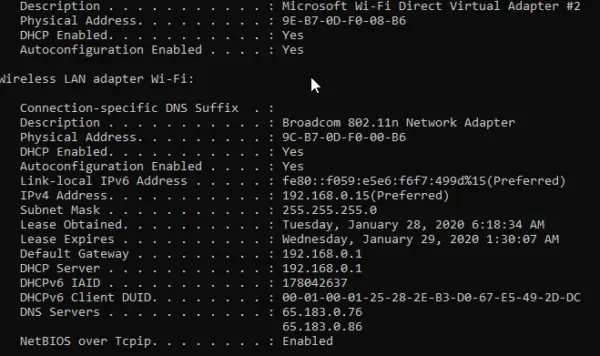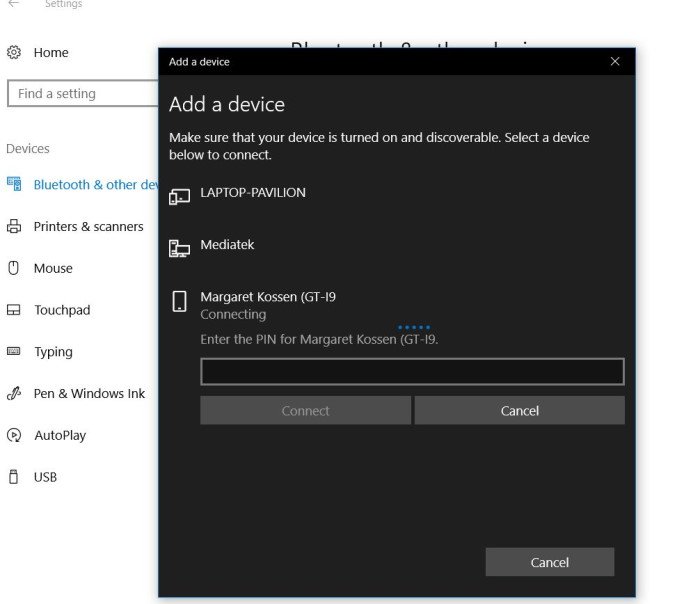Wi-Fi Direct is not new, but more and more people are learning it and knowing what it can do, and that has a lot to do with the growing device support for the platform. You see, the concept is to create a peer-to-peer Wi-Fi connection without the need for a wireless router. You can say that this is impossible, but the simple truth is that it is not, and we have been doing it for years. Simply put, Wi-Fi Direct is a lot like Bluetooth, because people can share files between devices and even listen to music from supported wireless headphones.
If you have a Roku device in your home right now, chances are, it supports Wi-Fi Direct right out of the box. Instead of using a IR blaster to communicate with the remote, Roku relies on Wi-Fi Direct, and it works pretty well.
The good news is that the user doesn’t have to enter a Wi-Fi password when it’s time for the devices to communicate with each other. The whole process is automatic, which is one of the reasons why many people are unaware that they are using Wi-Fi for certain hardware features instead of Bluetooth.
Currently, almost all Windows 10 devices support Wi-Fi Direct. You will only need supported third party hardware to take advantage of what it has to offer. In fact, we believe that the first Xbox One controllers could only connect to the wireless system through the platform.
Integrating this functionality with the computer and other types of hardware could make the products more affordable. Instead of having to add a Bluetooth radio, manufacturers could simply take advantage of the Wi-Fi radio for wireless communication.
These are the standards used so far by the platform:
- Wireless
- Discovery of Wi-Fi Direct devices and services
- Protected Wi-Fi configuration
- WPA2
What are the uses of Wi-Fi Direct so far
OK, you may be wondering how many things we can do with this. As we mentioned above, it can be used to share files on different devices. For example, share a bunch of images between two of your Windows 10 laptops, or from your Android phone to your PC.
The problem is, it’s not as easy as using Bluetooth, and it’s understandable right now. It is still fairly recent and has not yet reached maturity. However, we believe that Wi-Fi Direct will become very important in the near future.
Yes, it already works, but it is not reliable to the point where normal people can use it without having to call in a specialist like us.
Check if your device is Wi-Fi Direct compatible

It’s super simple. Launch the command prompt in administrator mode, then type ipconfig / all and press the Enter key.
Search Microsoft Wi-Fi Direct virtual adapter to confirm support for Wi-Fi Direct.
How to add a Wi-Fi Direct device on Windows 10

If you want to add a Wi-Fi Direct device to your Windows 10 computer system, open the Settings application by clicking the Windows + I button. Then go to Devices> Bluetooth and other devices> Add Bluetooth or other devices.
Finally, select Everything else, then add the device you want to connect to.
That’s it.
